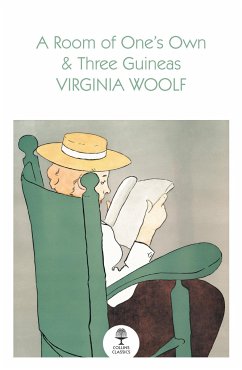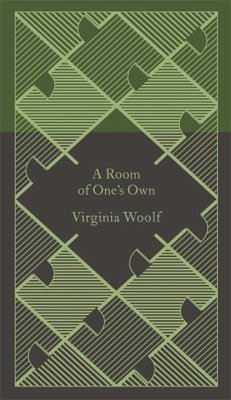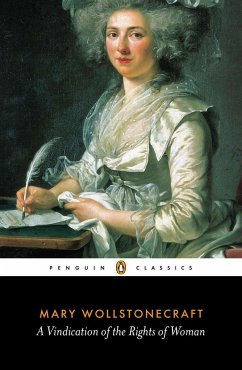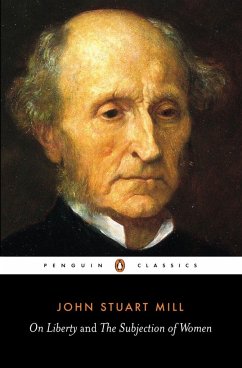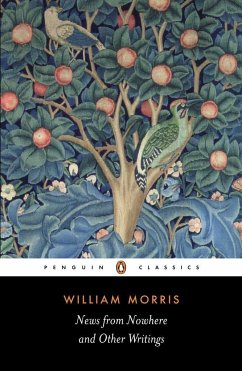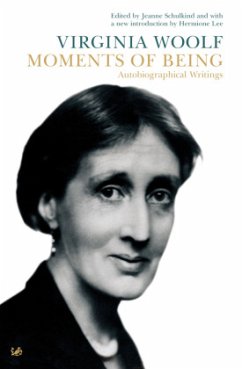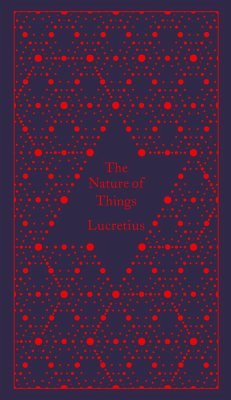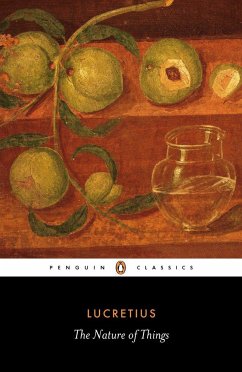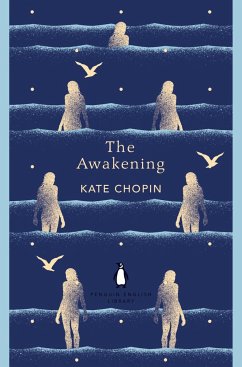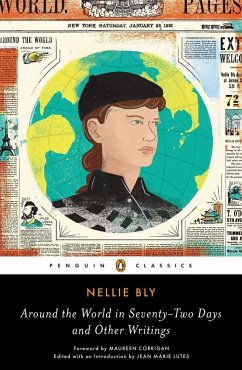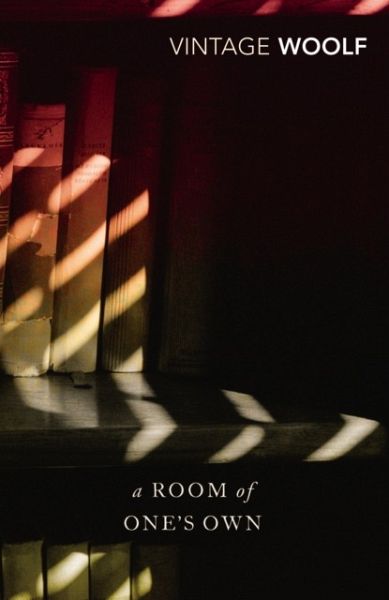
A Room of One's Own and Three Guineas
Versandkostenfrei!
Versandfertig in 2-4 Wochen
13,99 €
inkl. MwSt.
Weitere Ausgaben:

PAYBACK Punkte
7 °P sammeln!
Woolf exposes the prejudices and constraints against which women writers struggled for centuries, and argues for a more equal literary establishment
WITH AN INTRODUCTION, PLUS EXTENSIVE NOTES AND REFERENCES BY HERMIONE LEEThis volume combines two books which were among the greatest contributions to feminist literature this century.





